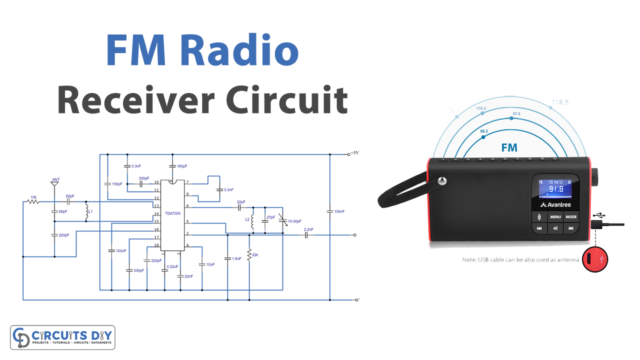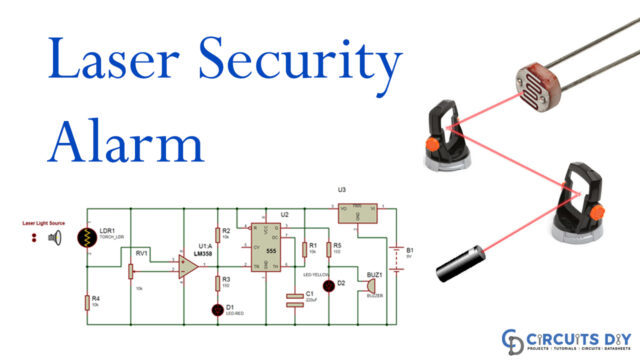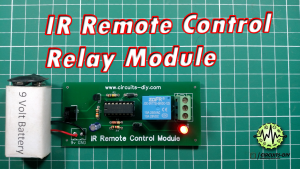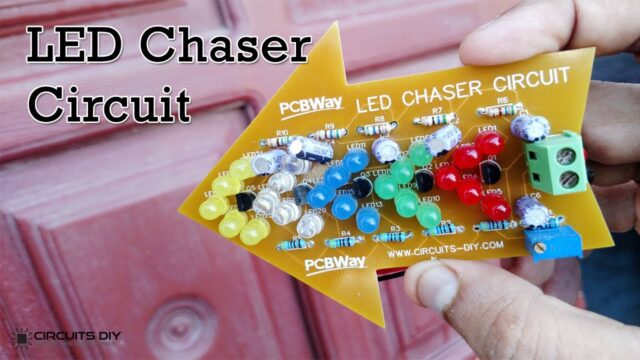Introduction
To prevent the use of cell phones at serious places like examination rooms, prayer rooms, etc, the administrator of that place can use this device, called a cell phone call detector. It enables to detection of the presence of mobile phones within a specific range. However, the range is not very high and is about 10 to 15 meters. Most cell phone detectors use the bugs or antennas that detect the radio frequency signals of activated mobile phones. Also, the detectors can detect even if the cell phone is in silent mode. Here in this article, we will discuss the cell phone call detector that uses LM358 IC.
The internal structure of LM358 IC comprises high-gain operational amplifiers. And, the IC can be operated from 3V to 32V for a single power supply. Also, this IC provides a large voltage gain of about 100db. Moreover, it draws a very low maximum current of about 700uA. Hence used in transducer amplifiers, Integrators, differentiators, comparators, DC block gain, etc.

PCBWay commits to meeting the needs of its customers from different industries in terms of quality, delivery, cost-effectiveness, and any other demanding requests. As one of the most experienced PCB manufacturers in China. They pride themselves to be your best business partners as well as good friends in every aspect of your PCB needs.
Hardware Components
The following components are required to make a Cell Phone Detector Circuit
| S.no | Component | Value | Qty |
|---|---|---|---|
| 1. | PCB | – | 1 |
| 2. | Resistor | 1K, 6.8M | 1, 3 |
| 3. | Potentiometer | 10K | 1 |
| 4. | Power Supply | 9V | |
| 5. | Ceramic Capacitor | 104 | 3 |
| 6. | Opamp IC | LM358 | 1 |
| 7. | Antenna | – | 1 |
| 8. | LED | – | 1 |
| 9. | Buzzer | – | 1 |
LM358 Pinout
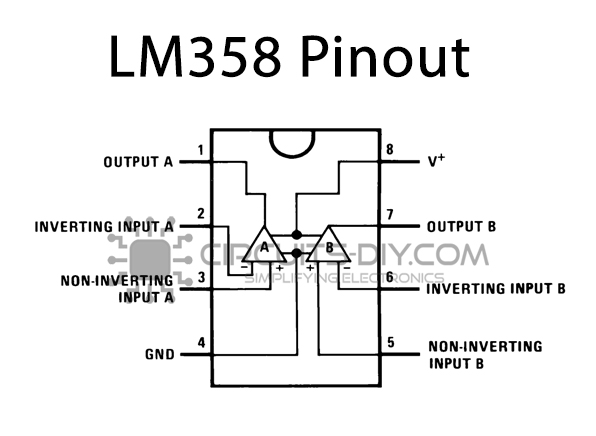
For a detailed description of pinout, dimension features, and specifications download the datasheet of LM358
Cell Phone Detector Circuit

Working Explanation
When any cell phone is active and sending or receiving any calls, it radiates the radio frequency. The antenna finds that signal and the capacitor detects that signal and then passes it to the LM358 IC. The IC passes that signal forward. As a result, the LED in the circuit blinks, and the buzzer beeps. The buzzer beeps until the signal transmission stops.

Application and Uses
- The circuit can be utilized to detect phones in the examination halls, conference rooms, etc.
- Also, adopted on a military basis.
- In phone tracking systems.



